Madrid and Barcelona loomed. Paris had inspired all of us. Even as we
loved the Camino, they were there in the back of our minds, like blinking lights, calling, beckoning. The lure of the city is hard to resist.
 |
| Map of Paris by number two |
It had been over 100 k from Pamplona to
Logrono, perhaps 120 if you counted the Estella detour, and another 30 k in
Bordeaux. That was enough. It was time for exploring something else, the kids suggested (although mom and dad wouldn’t have minded keeping going). So we ditched out plans and grabbed a 2:15
train to Madrid.
No hotel, no research, plan or itinerary other than art and food. I wrote the whole train ride, drafting the story our time on the Camino, sitting with number one Caroline read a guide book I found on the street in Brooklyn. And we looked out across the movie screen like moving image of the landscape. Number two drew pictures and wrote in her trip diary.
No hotel, no research, plan or itinerary other than art and food. I wrote the whole train ride, drafting the story our time on the Camino, sitting with number one Caroline read a guide book I found on the street in Brooklyn. And we looked out across the movie screen like moving image of the landscape. Number two drew pictures and wrote in her trip diary.
At the train station in Madrid, we grabbed a subway and started
looking for hotels, randomly jumping off near Sol.
Wanderring through streets we did not know, we found the Hotel Ingles, a flea bag hotel on 8, calle Echegaray, which could give the Hotel Esmerelda in Paris a run for its money. While Esmerelda holds the lonely planet top spot, Ingles seems to serve as a sort of half-way house for the vagabonds of Europe like us. it was near everything, from the Plaza Santa Ana to the Prado.
Wanderring through streets we did not know, we found the Hotel Ingles, a flea bag hotel on 8, calle Echegaray, which could give the Hotel Esmerelda in Paris a run for its money. While Esmerelda holds the lonely planet top spot, Ingles seems to serve as a sort of half-way house for the vagabonds of Europe like us. it was near everything, from the Plaza Santa Ana to the Prado.
“I don’t know what day it is and we’re lost in a half-way
house somewhere in Madrid,” noted Caroline, walking up to the hotel.
Two hours of showers, Spanish tv, and a movie later, it was
time for dinner. The sun fading, we
wandered the chaotic, shimmering streets for stumbling into a sushi spot with
an oddball Madrid decor, a pink and black, regal and whimsical spot, with a
seat with a view. The streets were pulsing
with energy. Number two and I rushed to
the bathroom, snapping photos along the way. We all loved Paris. But wait for
Madrid. The kids, all of were all blown away by how beautiful, old and electrfyng. We told you Madrid was going to
be amazing, we explained to the kids, looking around at the people pouring into the
restaurant around 10 pm.
Number one chomped on a
moshi, chocolate dropping from her mouth with a smile, looking like a
vampire.
Art everywhere. The
streets full of people, paint, design, sunshine, darkness and history. I know
Franco made Madrid his home base, but so
have countless writers, vagabonds, anarchists, squatters, implants from the
likes of Morocco and New York City. We
admired a statue of Lorca and a sign for a production of a work by Maria Vargas
Ilosa, whose writings on the labyrinth of modern identity, of magical realism,
inspired me to come to Spain.
 |
| Mario Vargas Ilosa at Teatro Espanol |
While I was sleeping after our first night,
I dreamt about wet piles of footprints, dripping through my home. In the dream, I'd gone shopping and all I’d brought
into my home was chaos. The line between
the Camino and the modern city was jarring. The Camino tour books suggest you take a few
days off after clearing the deck for the way.
But, we’d grabbed the train, making our own way back for more art, for
more connections between the museums and our stories, the art and social
movements we’ve missed and hoped to take a part in through the years.
“Well, I like the city” explained number two when we woke
up. “I like the city.”
So do I.
Our first day, we’d hit the Prado. The directions from the hotel were simple enough. So we strolled through the
graffiti lined streets to the 195 year old home of some of the masterworks in
the history of art. We got lost wandering through a few antique shops and streets along the way, which is the best way to spend a day in Madrid.
A statue of Cervantez, overlooked the square between the Ritz and Prado. I have been waiting to go to the Prado since I was 20 years old, a quarter century ago, never quite making it. Caroline romped through the south of Spain during the same period, without ever wanting to make it back.
A statue of Cervantez, overlooked the square between the Ritz and Prado. I have been waiting to go to the Prado since I was 20 years old, a quarter century ago, never quite making it. Caroline romped through the south of Spain during the same period, without ever wanting to make it back.
But here we all were.
A guide welcomed us, offering to give us a tour of the
masterworks. Of course, we
responded. Of course, inviting her to
show us the way.
She walked us to see the Tintoretto Christ Washing the Disciples' Feet.
Delighting, she described the optics of the renaissance era masterwork, which seems to move with the viewer’s eye,linking the viewer’s eye with the subjectivity of the work.
Delighting, she described the optics of the renaissance era masterwork, which seems to move with the viewer’s eye,linking the viewer’s eye with the subjectivity of the work.
The evolving gaze only continued with the El Greco and
Velasquez works we visited. Modernism
seems to be born in the subjectivity of Cervantes and Velazquez, whose works
point us toward magical realist narratives which would transform literature.
Our guide told us a story about El Greco. From Greece, "Sono Greco," he
might have explained, while finding a voice for himself outside the confines of
Madrid or formal artistic constraints.
She walked us through Velazquez’ masterworks made for the
crown, including Los Meninas and the Drinkers, whose drunken stare seems to
follow the viewer. Who is the mirror
pointing toward? And why is
the author included in the family painting?
And who are we to be watching or asking?
It’s a point asked over and over again. Painting after painting in Spain pointed to this question, referring and referring to it.
Throughout the tour, we are reminded that these are not new
questions. Who are the winners and who
are the losers our guide asked us, pointing us toward the Surrender of the
Breda.
Rubens’ Birth of the Milky Way and Rape of the Ganymede pointed
to the not so subtle, yet powerful line between the porno theater and the museum
gallery.
Looking at these pictures you see this is really a flimsy line.
Looking at these pictures you see this is really a flimsy line.
What kind of acid is that guy on? Caroline asked pointing at the naked
protagonist squeezing her breast milk into the mouth of the puti below
her.
The Goya works pointed to a messy space between political
and aesthetic expression and censorship, as well as the ways artists tend to
elude these social controls.
His dressed and undressed magas both drew the ire of the
censors and inquisitors.
The dressed maja seemed more suggestive than the undressed. Moved the inquisitor is said to have later taken a copy of the nude one for himself, very much like Comstock. Its hard to imagine a great such as this struggling with censors, but he did just as Zero Mostel and Brecht did during the McCarthy years.
The dressed maja seemed more suggestive than the undressed. Moved the inquisitor is said to have later taken a copy of the nude one for himself, very much like Comstock. Its hard to imagine a great such as this struggling with censors, but he did just as Zero Mostel and Brecht did during the McCarthy years.
Yet, his works on Saturn Devouring His Child, the Colossus, the
Great Goat – about the inquisitor -
speak to a life of resisting social controls.
“Saturn Devouring His Child has hung n my wall since my
childhood,” one f my colleagues from confessed later in the fall.
"Look at Goya flipping his finger at Torquemada," noted my friend Larry on facebook later that day.
"Look at Goya flipping his finger at Torquemada," noted my friend Larry on facebook later that day.
So we walked through the masterworks, lured by
Brueghel’s Triumph of Death, and the Dante like madness of it all in the Garden of Earthly Delights.
 |
| Our mostly El Greco style drawings. |
Walking through the museum, we admired Picasso’s El Greco style
sketches,
drafting our own imitations just as Moodigliani and so many of the other master’s did, riffing on his lines and edges.
El Greco drew a Laocoon just as Michaelangelo and so many before him. And so many drew in homage to his modernism.
drafting our own imitations just as Moodigliani and so many of the other master’s did, riffing on his lines and edges.
 |
| Picasso El Greco drawings |
El Greco drew a Laocoon just as Michaelangelo and so many before him. And so many drew in homage to his modernism.
Some of these works are like long lost old friends.
Saint Martin and the Beggars I saw years ago in Dallas.
Cominda Frugal - Picasso
Muscateer with Sword and Cupid.
We drew pictures, doing our El Greco impressions, looking at how everyone does their own.
We drew pictures, doing our El Greco impressions, looking at how everyone does their own.
Five hours of art later we could not see straight. So we grabbed a cab over to 45 Calle Ave
Marie hoping to grab a drink at Café Barbeierie. Closed, we sat for a little lunch at an
indian place across the street, wandering through the streets of the ethnic
neighborhood of Indian and Moroccan shops.
A few cafes were open along Lavapies, where we played cards
and enjoyed some vino tinto and limon soda as the afternoon passed us by.
We could live here, Caroline and I conceded watching kids
play in the streets, a man drop off a mattress
blocking traffic, and people sleep the afternoon away.
When do people wake up? we asked the waiter.
 |
| "Luca, vamos Luca!" |
When do people wake up? we asked the waiter.
People sleep from 3-5 or so then stay home till eight pm and
then stay out all night, Spain is crazy explained the waiter at the café where
we sat off the Plaza de Lavapies.
We wandered through the rest of the afternoon, playing in
the parks, and snapping a few shots at Calle Cervantes, where my facebook friends pointed me.
The day went on and on. None of us wanted to go to bed. We all seemed mesmerized with the mix of modernism and history along every calle, where street graffiti teemed, jumping off the walls.
The next day, we’d explore some of the art at Museo Thyssun
Bornemisza and Centro of Art Reina Sofia.
Caroline was a little miffed I bought tickets for the Pop
show.
“I want to see the permanent collection.”
"But the kids wanted to see the pop stuff."
“I don’t care. I like
it more than the lame art,” explained number one. “Can I get a poster for my room?”
Shen loved the florescent colors, the Lichtenstein comics, the Warhal Paseo Lunar from MtV, the marbles in Tres Machines by Theibard, Eqip Cronica,1970, his own homage to
Valezquez, including a soccer ball and pool toys.
As the museum explained:
As the museum explained:
The Museo Thyssen-Bornemisza is presenting Pop Art Myths, the first exhibition on this subject in Madrid since Pop Art at the Museo Reina Sofía in 1992. More than twenty years later, the exhibition’s curator Paloma Alarcó, Head of Modern Painting at the Museo Thyssen-Bornemisza, will offer a reassessment of this artistic trend from a 21stcentury viewpoint. Featuring more than 100 works ranging from pioneering British Pop Art to the classic American version and its expansion into Europe, the exhibition aims to trace the shared sources of international Pop Art and to undertake a revision of the myths that have traditionally defined the movement. It will reveal how the legendary images created by artists of the stature of Warhol, Rauschenberg, Wesselmann, Lichtenstein, Hockney, Hamilton and Equipo Crónica, among many others, conceal an ironic and innovative code of perception of reality and one that still prevails in contemporary art today. The exhibition is sponsored by Japan Tobacco International (JTI) and will include works from more than fifty museums and private collections around the world, with important loans from the National Gallery of Washington, the Tate, London, the IVAM, Valencia, and the prestigious Mugrabi Collection in New York, to name but a few.
Dad, the drawing pad, asked number one as we walked, strolling away to sketch. i never saw the pad again. it was our sacrefce to the art.
We loved our tour through the permanent collection at Museo Thyssen.
The Cardavagios always move me.
At some point everyone got lost, only to find each other at lunch, by then drunk with art.
The Cardavagios always move me.
At some point everyone got lost, only to find each other at lunch, by then drunk with art.
Number one and I talked about the art on the way to the
Reina Sofia.
The pop stuff is more fun, more open to other subjects
beyond religion, other colors, others and ways of telling stories.
What she was not expecting was to be so moved by the air
raid shots of Spain and Hungry from 1937, the images of people sleeping in subway
stations or running from the bombings.
Of Miro’s Aidez Espagne and Picasso’s
Yet, there are so many other stories of Spain and of the history of art we'd seen n Madrd. What an art city. Between the three museums we'd seen - the Prado, Thyssen, and Reina Sofia. Our stroll through the modern collecton at Reina Sofia offered a culmination of this short history of art. We were in awe before we walked in the door.
We reveled in images of the pink block in Prague, the Italians
studying the books about public space and play and social movement books from nuts
such as Steve Duncombe and this writer.
Pace i said goodbye as we walked out. Taking a few more snap shots on the way down and out of the plaza leaving.
Pace i said goodbye as we walked out. Taking a few more snap shots on the way down and out of the plaza leaving.
It was hard saying goodye to madrid. We lost our book of notes, of stories. But the train still took us to
Barcelona. Off to other stories and
experiences, hola Barcelona.Madrid is Chaos, Beautiful Chaos.
It was hard saying goodbye to Madrid.
"i never magned t could be a place to see so much art. This is the pace to study art," confessed Caroline.
More than the art, the sensibility of the place moved us.
What other city fills the train station wth turtles? What a city to study art, to lve, to love the streets and galleries and movements and history. We lost our book of notes, of stories. It was our sacrifice to the chaos and the beautiful energy of Madrid.
My frequent traveling companion, James was on his way to meet us in Barcelona. Hola Barcelona. We were ready for one more adventure.
"i never magned t could be a place to see so much art. This is the pace to study art," confessed Caroline.
More than the art, the sensibility of the place moved us.
What other city fills the train station wth turtles? What a city to study art, to lve, to love the streets and galleries and movements and history. We lost our book of notes, of stories. It was our sacrifice to the chaos and the beautiful energy of Madrid.
My frequent traveling companion, James was on his way to meet us in Barcelona. Hola Barcelona. We were ready for one more adventure.





























































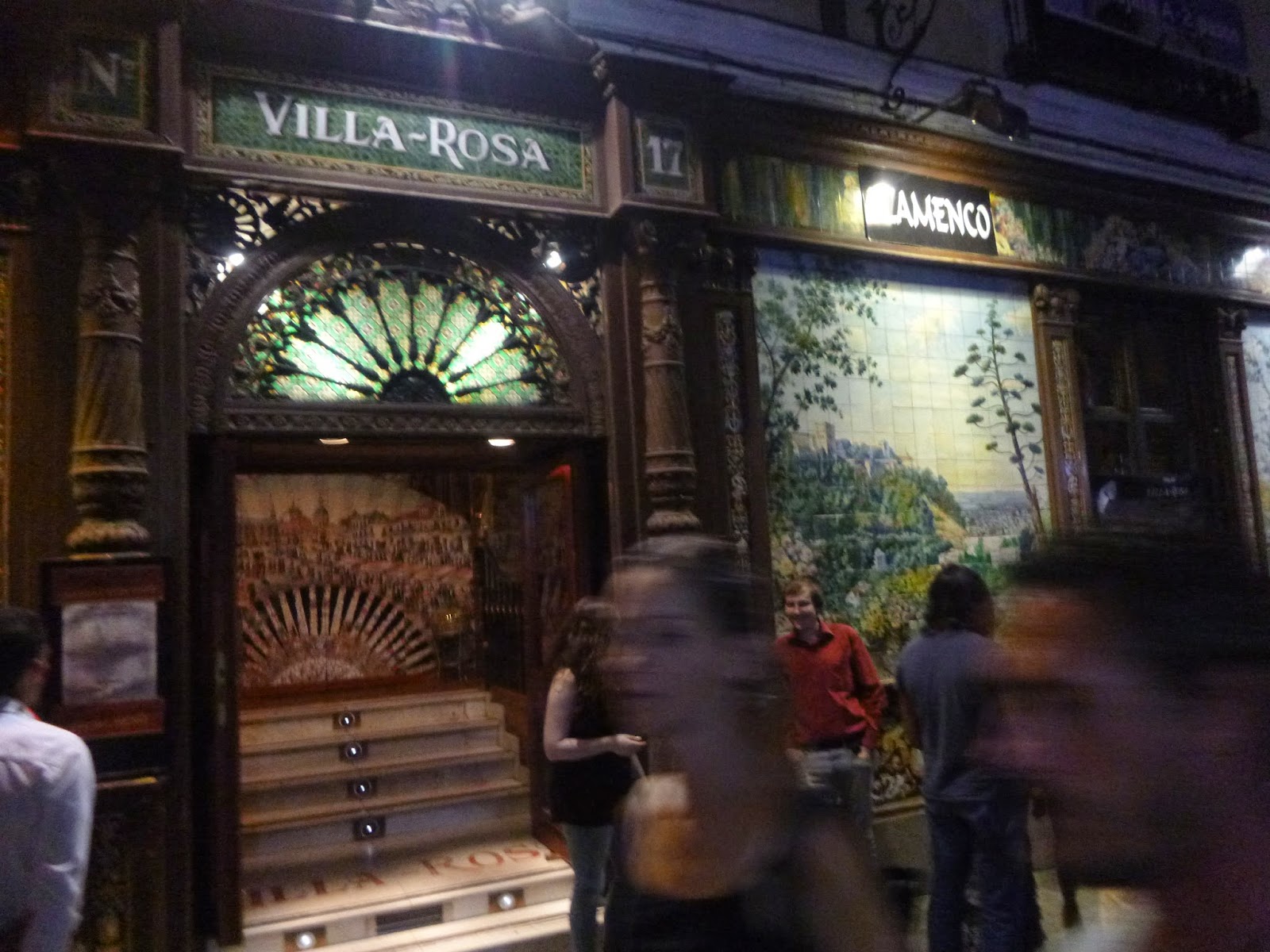















































%2B(1).jpg)



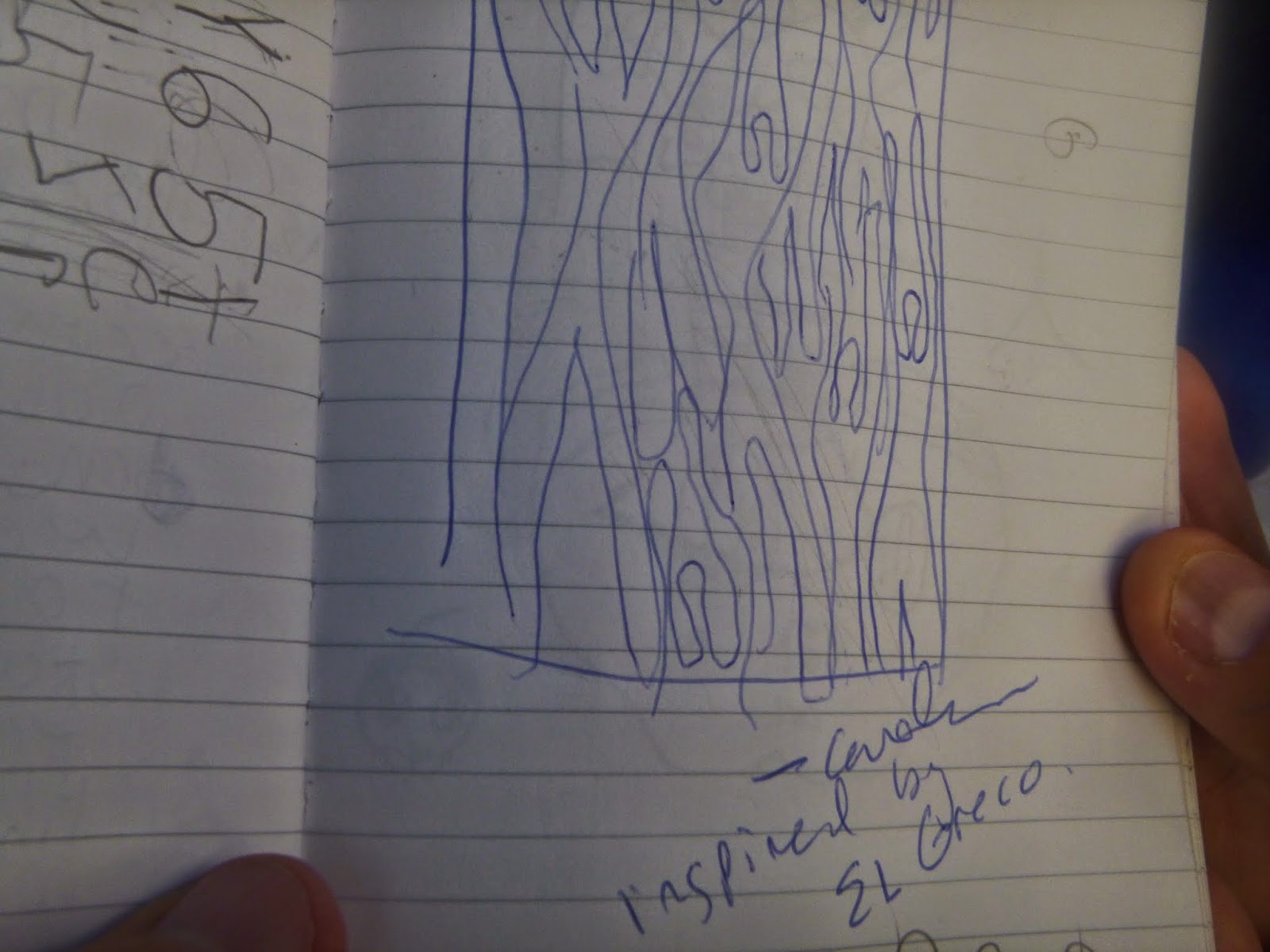















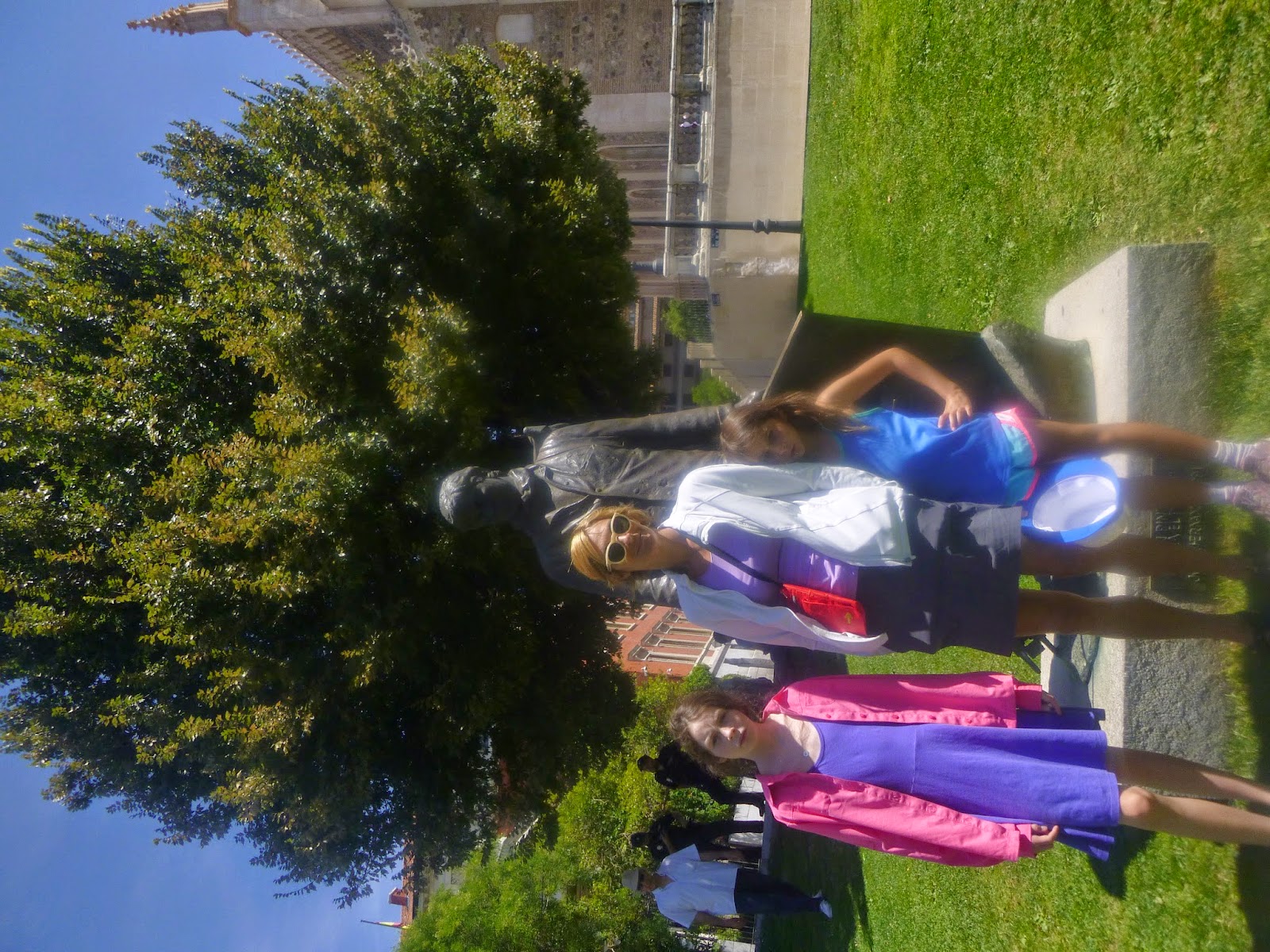





































































































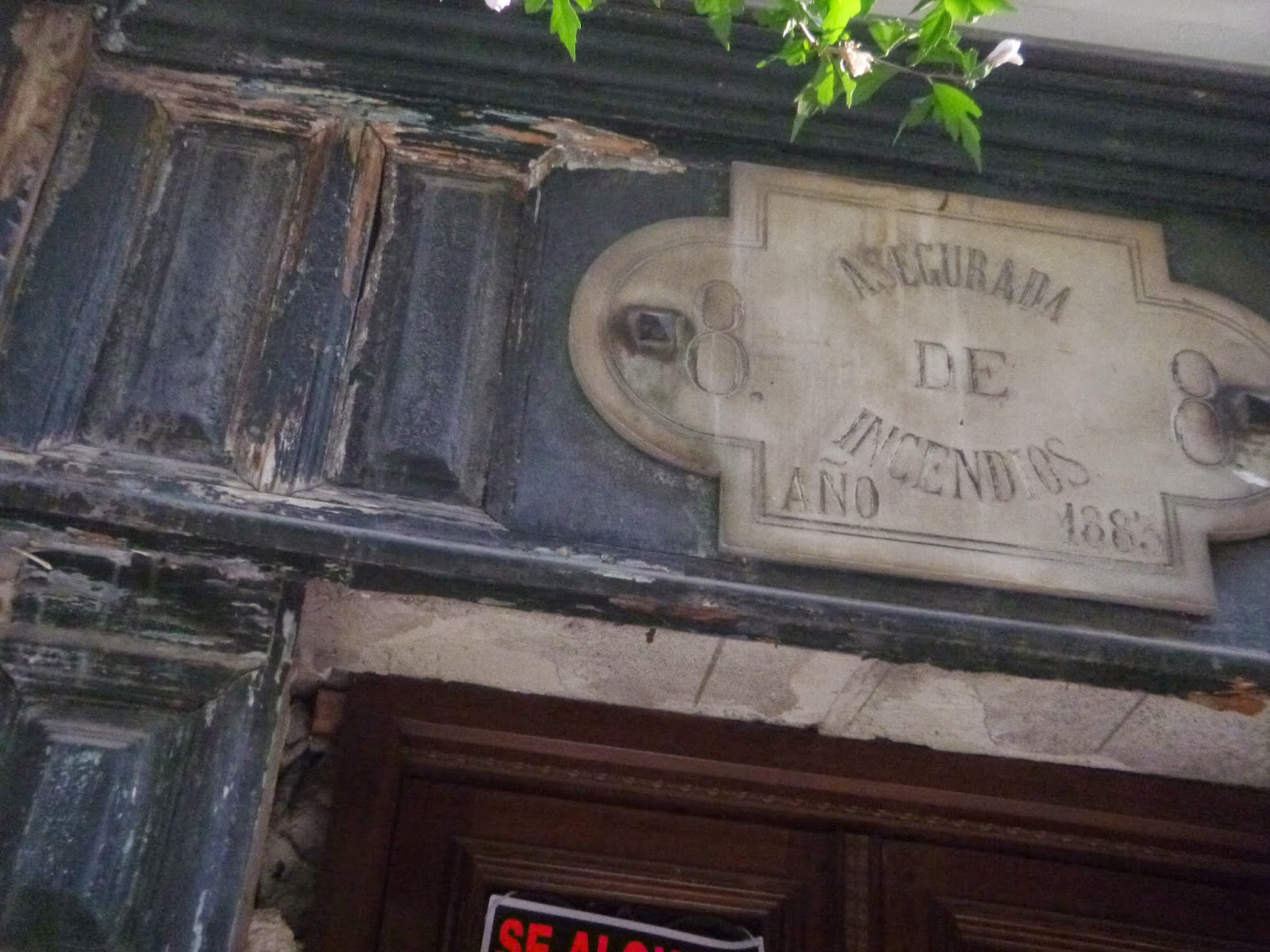





































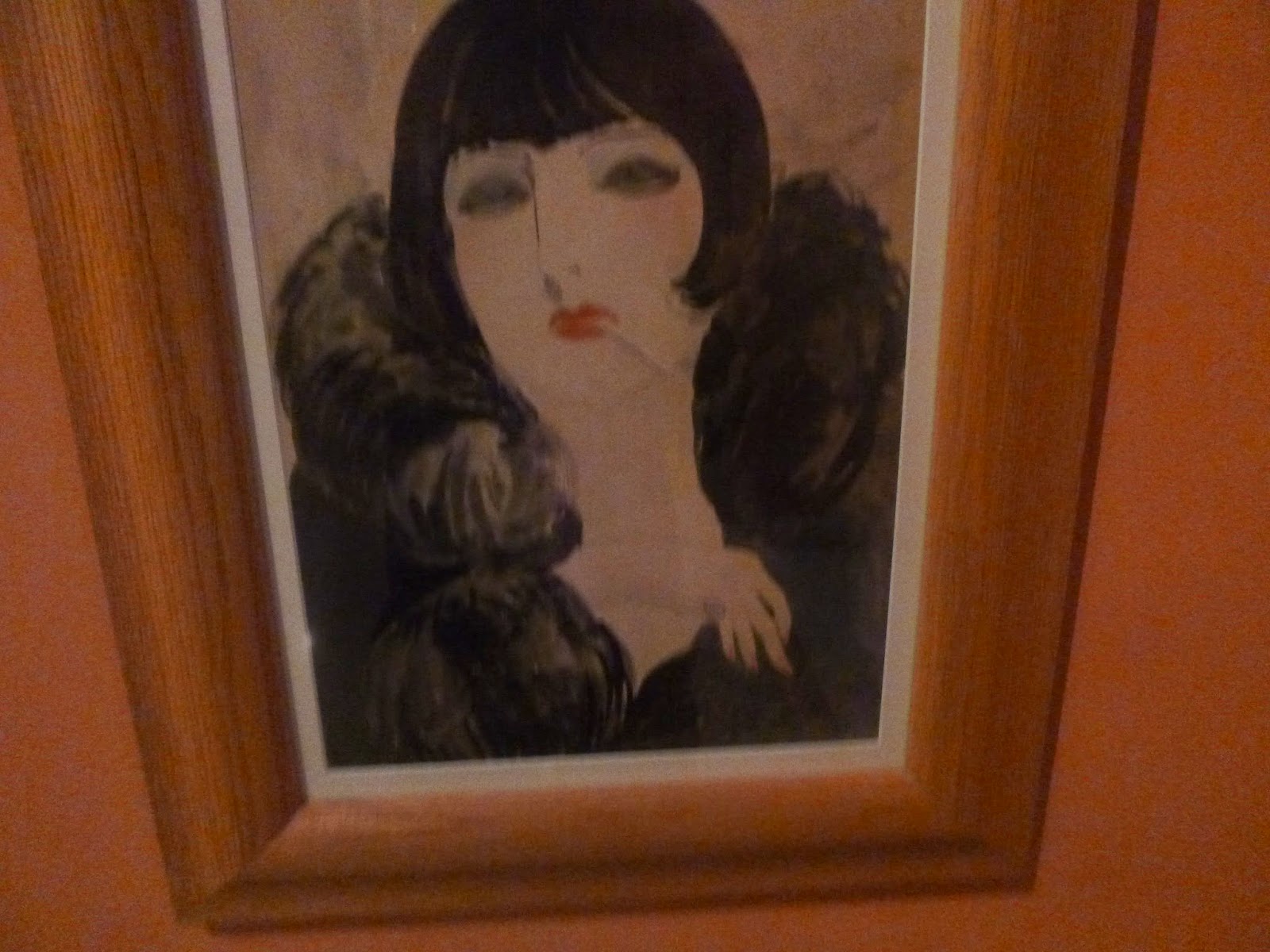











































.jpg)

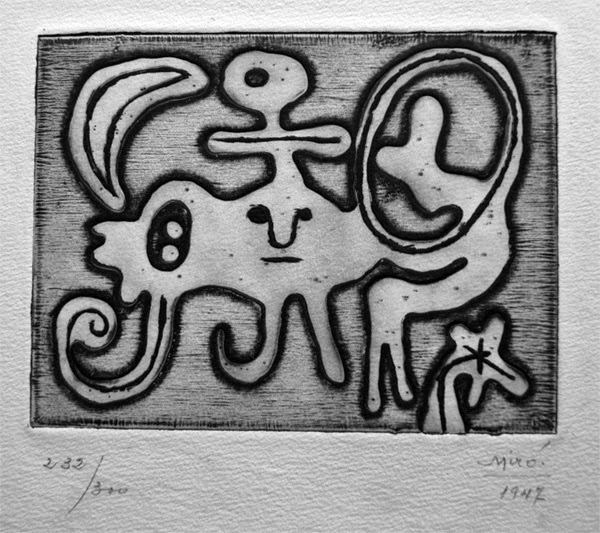



























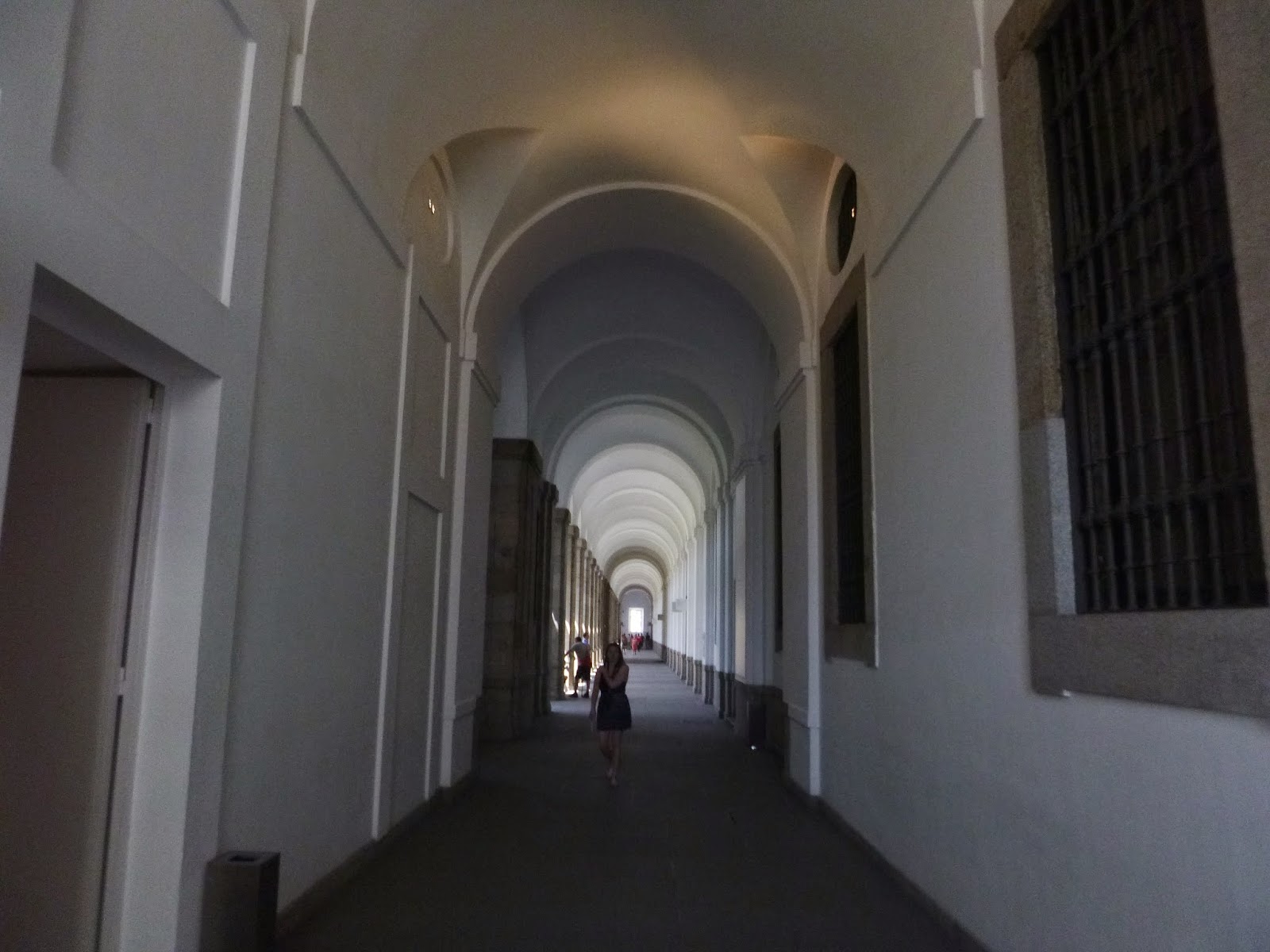










































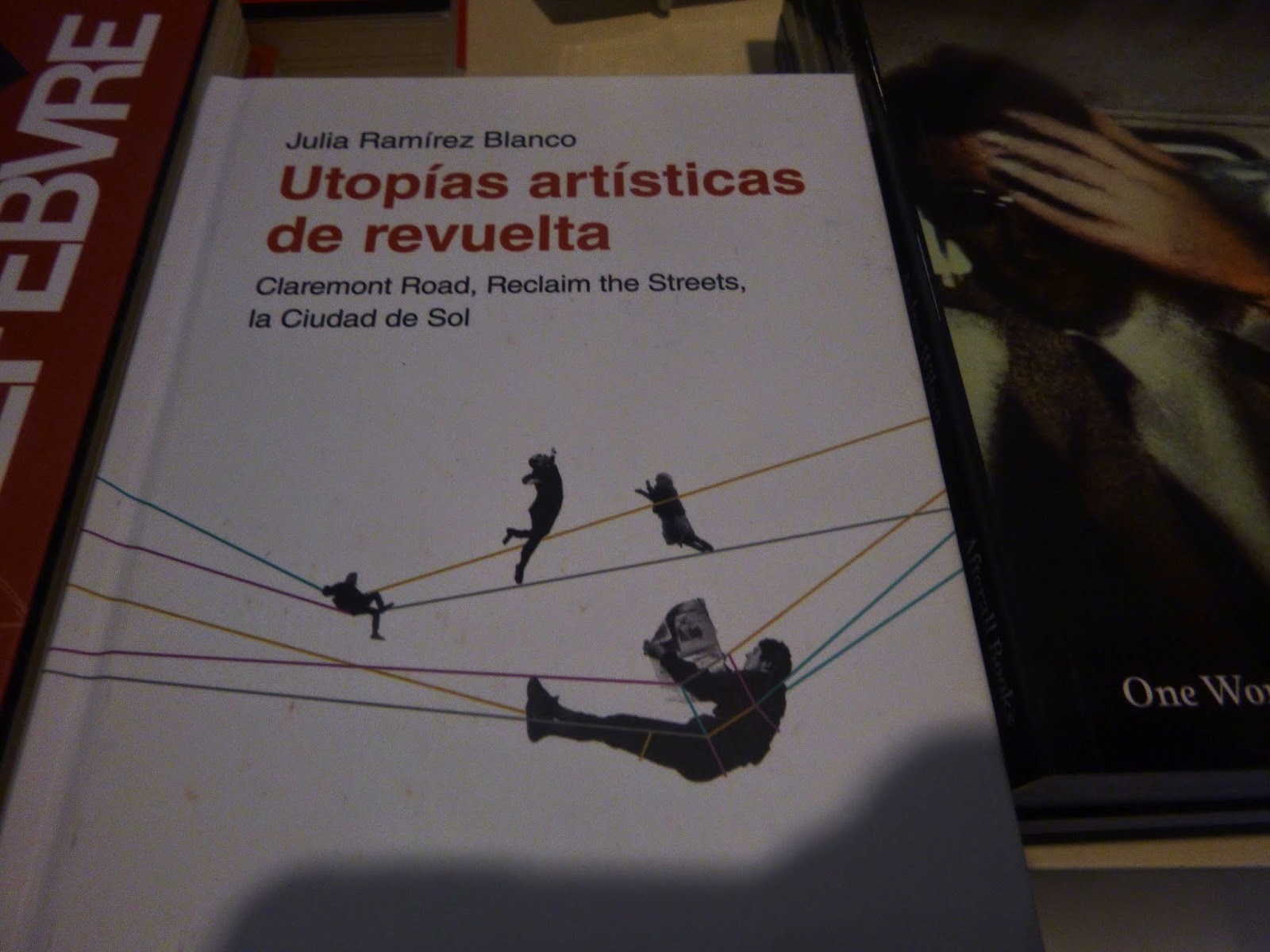



















No comments:
Post a Comment